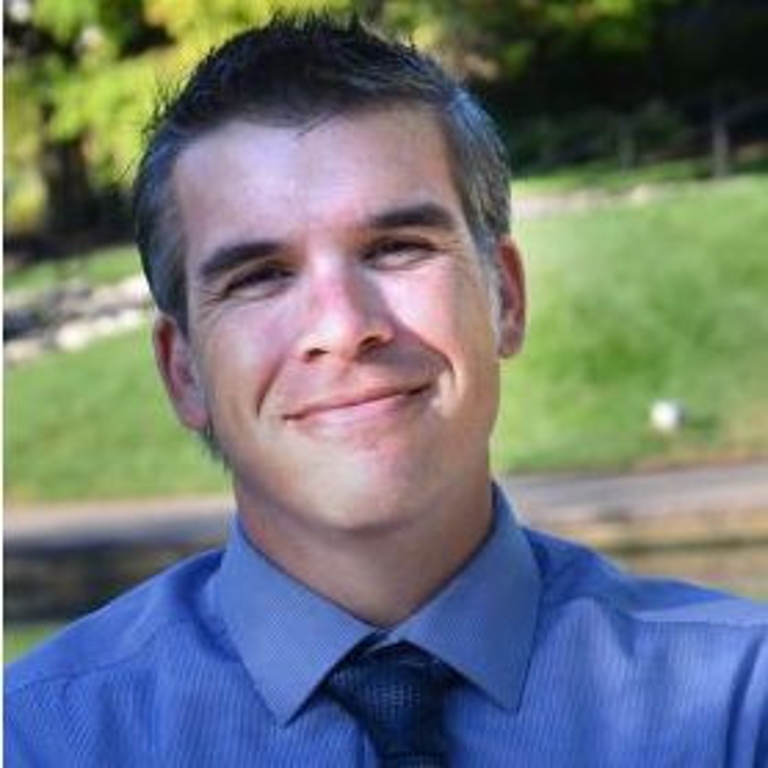SAVI helps healthcare providers target root causes of illness
Our Partner
IU Fairbanks School of Public Health, Regenstrief InstituteThe Challenge
Knowing which people will benefit most from supportive services could maximize the benefits of a “social determinants” approach to healthcare.
The Solution
An award-winning app, created with SAVI and other sources, identifies the most at-risk patients and helps connect them to services that improve their health.

Josh Vest, IU Fairbanks School of Public Health
The Process
Eskanazi Health has added a range of new staff members in recent years to address the “social determinants” of health—things like social networks, relationships, and diet. The theory is that you get better outcomes and lower costs by addressing some of the root causes of a person’s health problems. That means you need social workers, behavioral health specialists, and dieticians on staff.
Last October, a study published in Health Affairs confirmed the wisdom and value of Eskanazi’s model. It found that the holistic approach to care saved about $8.2 million between 2011 and 2016, compared with median hospitalization costs.
“Intuitively, we knew that the services should be useful,” says Joshua Vest, lead author of the study and Director for the Center for Health Policy at Indiana University’s Richard M. Fairbanks School of Public Health. “But that had never been demonstrated.”
Knowing the approach works raises a second question: Is it possible to identify which people need supportive—or “wraparound”—services most urgently?
SAVI contributed to an award-winning project that’s helping researchers answer that question.
Vest led a team that created an application to identify patients who are most likely to benefit from wraparound services. The team included members from Fairbanks and the Regenstrief Institute.
“This is the kind of stuff that healthcare organizations aren’t expert in. And they’re going to be looking to others to help understand and leverage this information.”
Josh Vest
IU Fairbanks School of Public Health
The app, called Uppstroms, creates algorithms and “leverages data from multiple sources,” Vest says. Those sources include the statewide health information exchange, public health departments, and SAVI data. “All of those go into risk-prediction models and help us identify patients who are more likely to need those services over time.”
One of the key insights of the social determinants approach is that where you live has a dramatic impact on your health—for example, life expectancy can vary by a decade or more between two zip codes in the same city. That’s partly because access to health-promoting resources is dramatically different from one neighborhood to another. SAVI offers a wealth of information about the availability of those resources in greater Indianapolis.
Nine Eskanazi Health primary care clinics use Uppstroms to create risk-prediction scores for patients. The assessments are available to care providers at the beginning of each day.
The strategy seems to be working. A pilot study showed that assigning patients a risk score boosts the chance that the care provider will refer them to a social worker, especially if the patient falls into the high-risk category. The referral rate for those patients was 65 percent higher than for a control group. The intervention also increased the chances that referrals would actually keep their appointments.
Uppstroms won two awards in 2018. It took the top prize at the American Medical Informatics Association Pitch IT competition, which honors “the best new ideas using information and informatics to improve patient care.” It also won the inaugural Inject Tech Challenge established by BioCrossroads, an initiative designed to promote growth and encourage entrepreneurship in Indiana’s life sciences industry.
Uppstroms is especially promising because it addresses one of the great, growing challenges in the social determinants approach to health care: How to organize, interpret, and make use of the massive amounts of information that is relevant to health outcomes.
“One of the challenges, always, is to both understand what the data mean and then be able put it in usable form,” Vest says. “A lot of it requires curation.”
Given that getting good results depends on having good, usable data, resources like SAVI are becoming all the more relevant and critical.
“This is the kind of stuff that healthcare organizations aren’t expert in,” Vest says. “And they’re going to be looking to others to help understand and leverage this information.”

